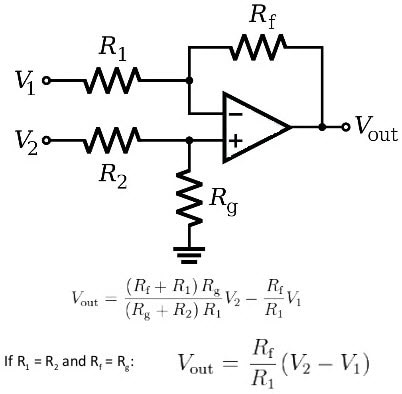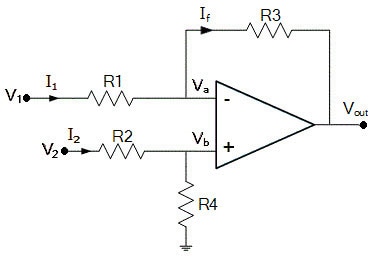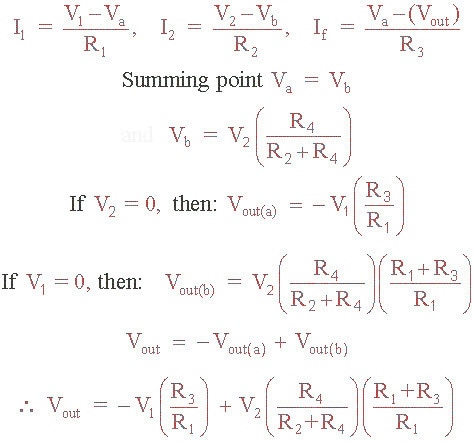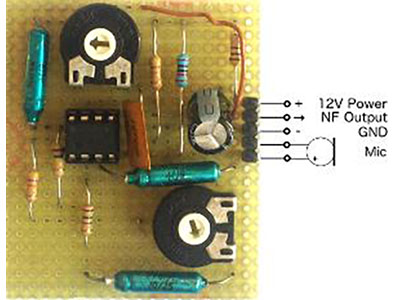The Amplification Art: Demystifying Differential Amplifiers!
2024-10-30 | By DWARAKAN RAMANATHAN
Introduction:
The differential amplifier is of paramount consideration in the domain of analog electronics, normally associated with background or interference rejection. Only the difference between two input voltages will be amplified, while the signals that are identical on both inputs are ignored. This will turn out to be very important in high-accuracy applications like audio amplification and instrumentation. It works in the linear region with transistors, which cooperate in a complementary way to make sure that applied input signal is reproduced with utmost accuracy and minimal distortion. Considering its design and operation, plus the many uses, differential amplifiers become very useful in furthering electronic technology.

Note: The basic Operational amplifier works as a Differential Amplifier if both the inputs of the Op-amp are connected to a voltage source.
Differential Amplifier is present inside an Operational Amplifier
What is the importance of the differential amplifier?
The Operational Amplifier mainly consists of a differential amplifier block. Differential amplifiers are also useful in their own sense and can be studied independently of operational amplifiers. Below is a circuit diagram of a differential amplifier at the transistor level for reference. An important feature of a differential amplifier is its ability to amplify a difference between two applied input signals, ignoring the signals that are the same at both inputs. This makes it excellent at picking out important information in noisy environments. This ability becomes very important when we want high accuracy, precision, and sound quality for certain scenarios, including audio appliances, sensor signal processing, medical devices, and telecommunication devices. The differential amplifier amplifies weak signals with very little distortion, thus working reliably where the quality of the signal is at stake.
Solving for the Differential Output:
By connecting each input in turn to 0v ground, we can use superposition to solve for the output voltage Vout. Then, the transfer function for a Differential Amplifier circuit is given as:

When resistors R1 = R2 and R3 = R4, the above output equation for the differential amplifier can be expressed as:

Whenever all the resistors in the circuit possess the same ohmic value, that is, R1 = R2 = R3 = R4,the configuration becomes a Unity Gain Differential Amplifier, whose voltage gain is one or unity. By consequence, this output expression reduces to simply Vout = V2 – V1. Noticeably, if the inputV1 is greater than input V2, the output voltage will be negative, and if V2 is greater than V1, then a positive output voltage will appear. This standard differential amplifier circuit, using an op-amp, comes in very handy. Adding more resistors in parallel with R1 and R3 makes the circuit perform either "Add" or "Subtract" the voltages applied to the respective inputs. One common technique is to simply add a "Resistive Bridge” to the input of the amplifier.
Conclusion:
Differential amplifiers have become a very critical part of analog electronics in that they have been able to amplify the differences of an input signal and get rid of much noise. Be it in audio systems, sensors, or even communication devices, it makes sure to render signals with high accuracy.
Have questions or comments? Continue the conversation on TechForum, DigiKey's online community and technical resource.











